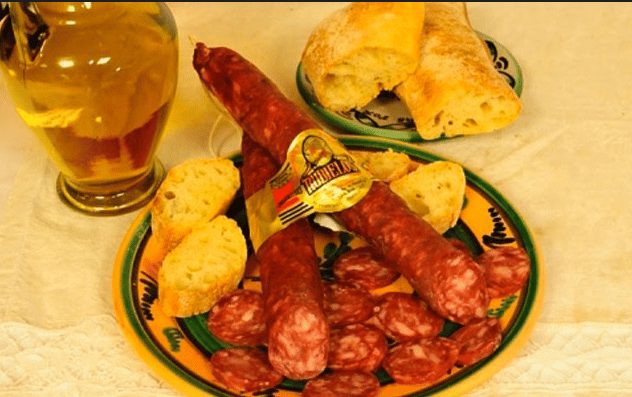Source: Guillem Burset, Pig333.com, 16 Septemeber 2021, photo credit: jamonibericoserrano.blogspot.com
Spain’s production has grown 90% in 32 years, from slaughtering 29 million head of pigs in 1989 to slaughtering more than 56 million in 2021. Explosive growth no matter how you look at it.
Comparing Spain’s pig production with that of other EU member states, we notice that while Spanish production grows and grows, in all other EU countries it remains stable or decreases.
In this article we will give our two cents on some of the causes that explain this unstoppable and fantastic progression.
Background
Before Spain became an EU Member State, the pork trade was considered State trading, i.e. the State controlled imports and exports by granting licenses and quotas to selected operators.
The Spanish State dealt with these matters through FORPA (Fund for the Order and Regulation of Agricultural Products). This body came to an end with the incorporation of Spain into the EU and the subsequent harmonization of agricultural policy. Let us say – gently – in the end, FORPA was an excessively bureaucratized entity.
In reality, Spain used to function as an autarchy, with the objective of self-sufficiency.
Years prior to becoming an EU Member State
With Spain being an autarchic market, by definition it should have been self-sufficient. But the reality was that there would be a surplus of pork in the winter (more production, absence of tourists) and a shortage in the summer (heat slows down the animals, as we know). This reality caused huge market fluctuations. Prices would go down in the winter and in the summer they would be systematically expensive.
Winters are much longer than summers, and the ruinous prices caused the most inefficient farmers to abandon their farms. This was the origin of the integrations: the less efficient farmers became integrated- employees of the integrator.
This system allowed some large companies to grow with hardly any capital tied up; if the market were to become very negative, they could have simply not renewed their contracts and left the industry, scot-free.
The persistence of adverse market situations (’70s and ’80s) hardened the Spanish pig farmers, while instilling in them (necessity obliges) a sense of saving and efficiency above all else.
When Spain joined the European Union, the Spanish swine industry had long since completed its own reconversion. Only the most efficient farmers had survived; some of them transformed into the largest farmers in Europe. Spanish farmers were more than ready for the new challenge.
Read more
The South African Pork Producers’ Organisation (SAPPO) coordinates industry interventions and collaboratively manages risks in the value chain to enable the sustainability and profitability of pork producers in South Africa.
















